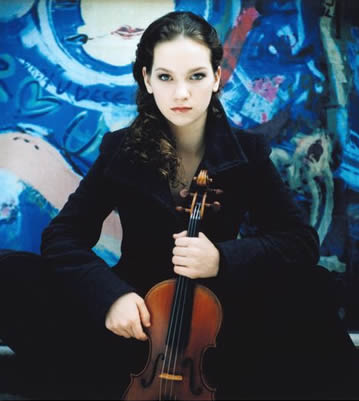Radiohead + Bluegrass = Crazy Delicious
Time for another transformative cover. This time the source material is Radiohead’s Morning Bell This track isn’t exactly uncoverable. There’s plenty of harmonic and melodic material in there with room for an artist to interject their own sensibilities.
httpv://www.youtube.com/watch?v=DAwGWptsOls
And now here’s a cover by bluegrass super group, The Punch Brothers. That’s right, bluegrass. Chris Thiele is the driving force behind the band and is on the short list of my favorite musicians alive. Back in 2007 I won tickets to see Nickel Creek in a 100 seat theater and it remains one of the top 5 musical experiences of my life. He recently composed a mandolin concerto (co-commissioned by my alma mater Interlochen Center for the Arts) and I swear I just read this now, but apparently he’s working on a collaboration with Hillary Hahn. (Not that surprising since they have the same publicist, blogger Amanda Ameer.)
httpv://www.youtube.com/watch?v=NRUkv0O7WZE
I LOVE this cover. Behind the virtuosic solos and Thiele’s perfectly attuned singing, there’s this percolating murmur of plucked and strummed strings. The harmonic rhythm is pretty static. Chords don’t change very often, and when they do, it’s sudden and almost completely unprepared. In the context of prerecorded electronica, that’s not such a big deal, but in a live “jam band” situation it’s exhilarating. These are some serious musicians.
If you happen to be in San Francisco tonight, The Punch Brothers are playing the Herbst Theater as part of the SF Jazz Festival. It’s going to be a great show.
Interestingly enough, Radiohead themselves released another version of Morning Bell on their Amnesiac album. They switched the meter from 5 to 4 and removed the drum track. In this version, the plodding duple meter lurches through a haze of reverb. It’s almost relentless.
httpv://www.youtube.com/watch?v=CPQfiH78XaE


